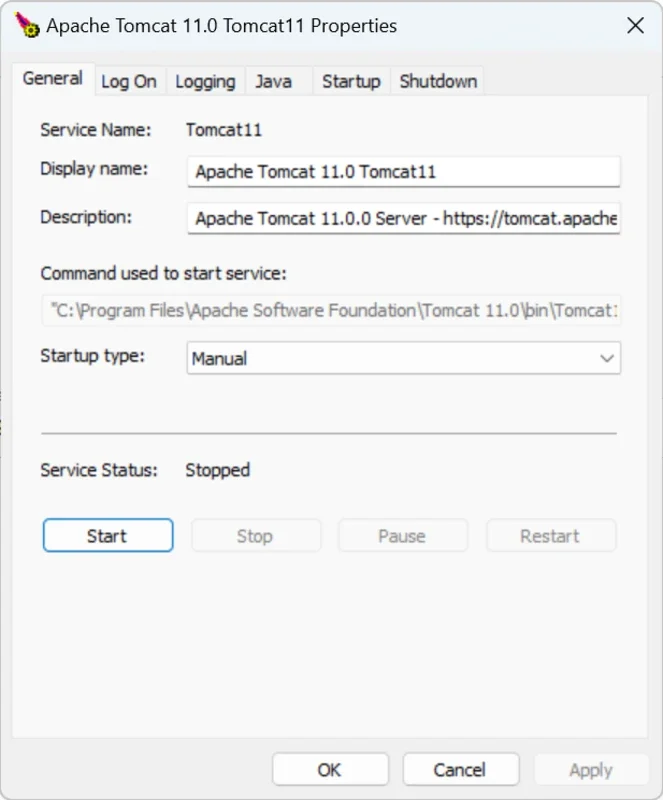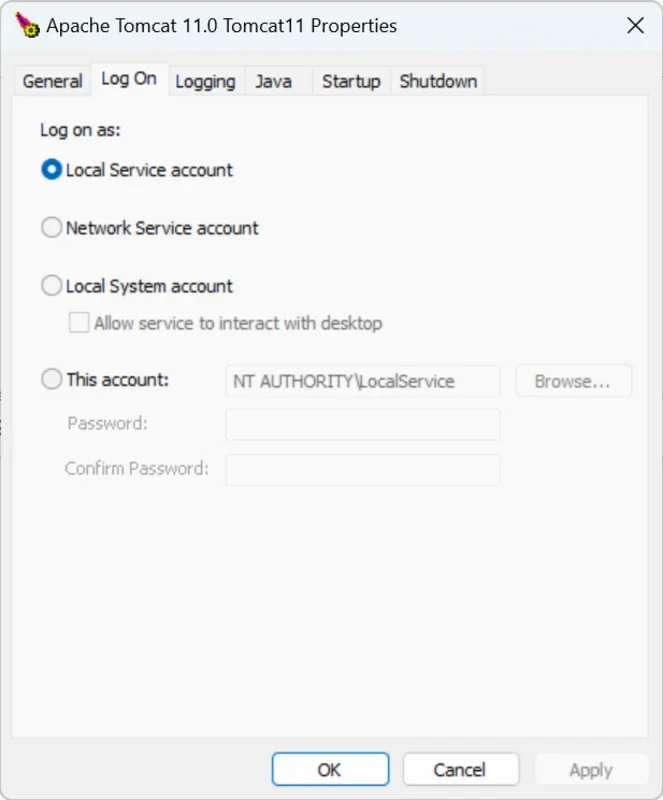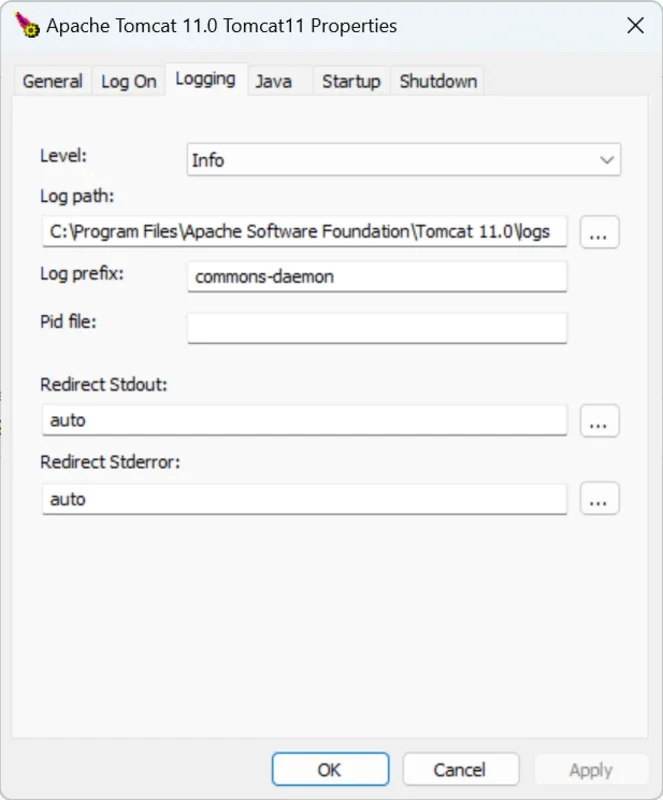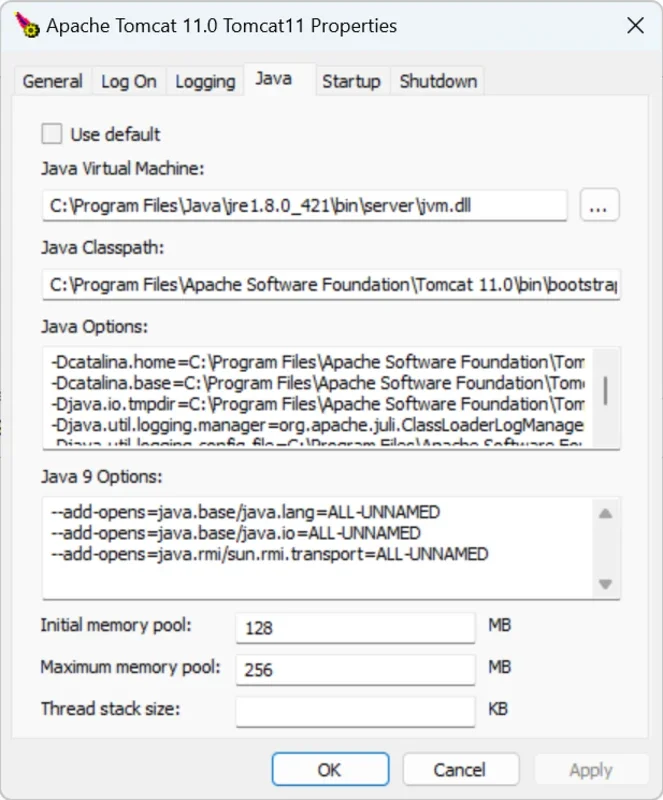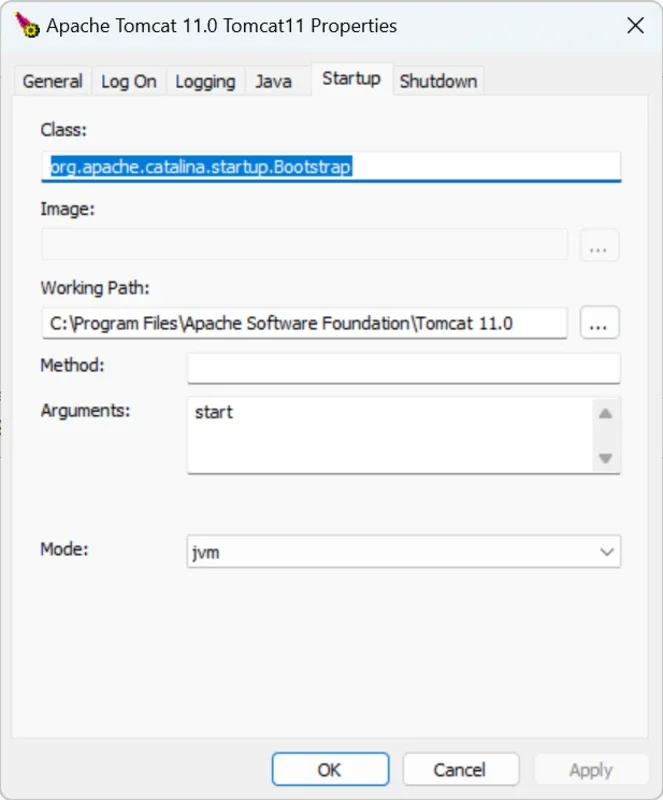Apache Tomcat App Introduction
Apache Tomcat, an open-source implementation of the Java Servlet, JavaServer Pages, Java Expression Language, and WebSocket technologies, stands as a cornerstone of Java-based web application deployment. Developed by the Apache Software Foundation, Tomcat's enduring popularity stems from its robust performance, extensive community support, and unwavering commitment to industry standards. This guide delves into the intricacies of Apache Tomcat, exploring its architecture, functionalities, security features, and best practices for deployment and management.
Understanding the Architecture of Apache Tomcat
At its core, Tomcat functions as a servlet container, providing the runtime environment for Java servlets and JSPs. It adheres strictly to the Java Servlet, JavaServer Pages, and WebSocket specifications, ensuring compatibility across various Java applications. Tomcat's modular architecture allows for easy customization and extension, accommodating diverse application needs. Key components include:
- Connectors: These handle communication between the client and the server, managing incoming requests and outgoing responses. Tomcat supports various connectors, including HTTP/1.1, HTTP/2, and AJP (Apache JServ Protocol).
- Engine: The engine acts as the top-level container, managing multiple virtual hosts.
- Host: A virtual host represents a single web server, capable of hosting multiple web applications.
- Context: A context represents a single web application deployed within a virtual host. Each context has its own classloader and configuration.
- Servlet Container: This is the core component responsible for managing the lifecycle of servlets and JSPs.
- JSP Engine: This component compiles JSPs into servlets, allowing them to be executed by the servlet container.
Deploying Web Applications with Tomcat
Deploying a web application to Tomcat is a straightforward process. Typically, you package your application as a WAR (Web ARchive) file, a standard Java archive containing all the necessary files for your application. You can then deploy the WAR file by placing it in the webapps directory of your Tomcat installation. Tomcat automatically unpacks the WAR file and makes the application available.
Alternatively, you can deploy applications using the Tomcat Manager application, a web-based interface that allows for managing deployments, undeployments, and other administrative tasks. This provides a more controlled and convenient method for managing multiple applications.
Security Considerations in Apache Tomcat
Security is paramount when deploying web applications. Tomcat offers a comprehensive suite of security features to protect against various threats. These include:
- Authentication: Tomcat supports various authentication mechanisms, including basic authentication, form-based authentication, and digest authentication. These methods ensure only authorized users can access protected resources.
- Authorization: Tomcat uses role-based access control to restrict access to specific resources based on user roles. This allows for fine-grained control over access permissions.
- SSL/TLS: Tomcat supports SSL/TLS encryption, ensuring secure communication between the client and the server. This protects sensitive data from eavesdropping and tampering.
- Regular Security Updates: Staying up-to-date with the latest security patches is crucial. The Apache Software Foundation regularly releases security updates to address vulnerabilities. Regular updates are essential to maintain a secure environment.
Performance Tuning and Optimization
Tomcat's performance can be significantly enhanced through various tuning techniques. These include:
- Connection Pooling: Using connection pooling reduces the overhead of establishing database connections, improving response times.
- Caching: Caching frequently accessed data reduces the load on the database and improves application performance.
- JVM Tuning: Optimizing the Java Virtual Machine (JVM) settings, such as heap size and garbage collection, can significantly impact performance.
- Load Balancing: Distributing traffic across multiple Tomcat instances using a load balancer improves scalability and availability.
- Clustering: Clustering multiple Tomcat instances allows for high availability and scalability. If one instance fails, others can take over, ensuring continuous operation.
Tomcat's Role in the Java Ecosystem
Tomcat plays a vital role in the broader Java ecosystem. Its compatibility with various Java frameworks and libraries, such as Spring, Struts, and Hibernate, makes it a versatile choice for a wide range of applications. Its adherence to Java EE standards ensures seamless integration with other Java technologies.
Tomcat's open-source nature fosters a vibrant community of developers, contributing to its continuous improvement and expansion. This community provides extensive documentation, support, and third-party extensions, further enhancing Tomcat's capabilities.
Comparing Apache Tomcat to Other Java Application Servers
While Tomcat excels as a servlet container, it's important to compare it to other Java application servers like JBoss EAP, WildFly, and GlassFish. These servers often offer more comprehensive features, including support for enterprise JavaBeans (EJBs) and other Java EE specifications. However, Tomcat's lightweight nature and ease of use make it an ideal choice for smaller applications or those where the full functionality of a Java EE application server isn't required. The choice depends on the specific needs of the application and the desired level of functionality.
For instance, JBoss EAP and WildFly offer robust features for managing transactions and deploying complex enterprise applications, making them suitable for large-scale deployments. GlassFish, another popular choice, provides a comprehensive platform for developing and deploying Java EE applications, offering features like clustering and high availability. However, these servers often have a steeper learning curve and require more resources than Tomcat.
Conclusion
Apache Tomcat remains a powerful and versatile choice for deploying Java-based web applications. Its robust architecture, extensive features, and active community support ensure its continued relevance in the ever-evolving landscape of web technologies. By understanding its architecture, security features, and performance optimization techniques, developers can leverage Tomcat's capabilities to build and deploy high-performing, scalable, and secure web applications.
